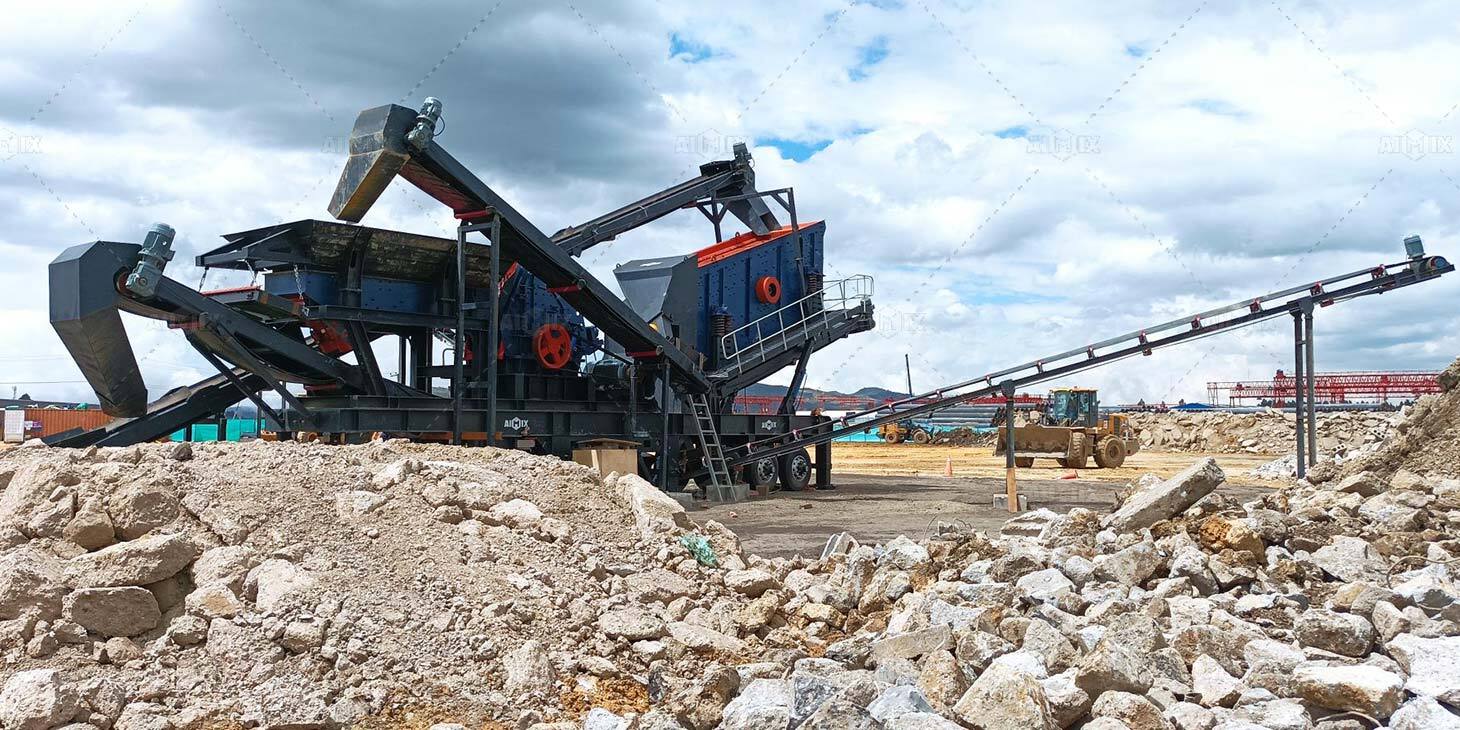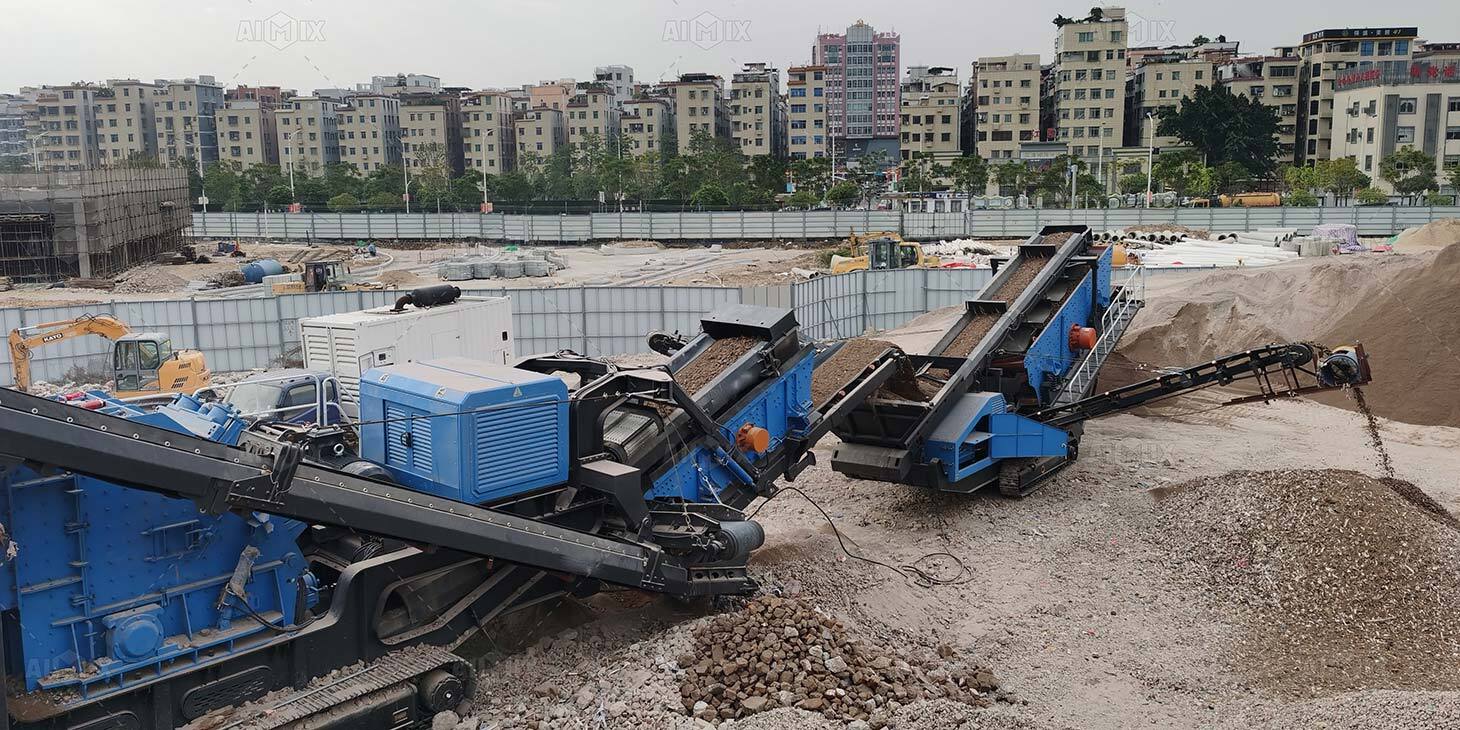The construction industry faces a profound environmental challenge, generating approximately one-third of all waste globally while simultaneously consuming vast quantities of virgin materials. Concrete crushers have emerged as pivotal technology in addressing this paradox, transforming what was once considered waste into valuable construction resources. These powerful machines don't merely break down concrete; they represent a fundamental shift toward circular economy principles in building practices, turning demolition sites into temporary recycling centers that feed new construction with repurposed materials.
This transformation extends beyond simple waste reduction to encompass broader environmental benefits that ripple through the entire construction ecosystem. By processing concrete debris on-site, these crushers eliminate the multiple environmental costs associated with traditional waste management—transportation emissions, landfill space consumption, and the ecological impact of quarrying new aggregates. The resulting recycled concrete aggregate (RCA) maintains remarkable structural integrity while dramatically reducing the carbon footprint of new construction projects, creating a sustainable loop that benefits both project budgets and planetary health.

Closing the Construction Loop: On-Site Material Reclamation
Modern concrete crushers have revolutionized how the construction industry views demolition waste. These mobile processing units can be deployed directly at demolition sites, immediately processing rubble into usable aggregates without the need for transportation to distant recycling facilities. This immediate reclamation prevents the environmental degradation associated with both construction waste disposal and new aggregate mining, creating a closed-loop system that significantly reduces a project's ecological footprint.
The quality of recycled concrete aggregate has proven sufficient for numerous construction applications, from road base layers to structural concrete when properly processed. Advanced crushing systems now incorporate precision screening and contamination removal systems that produce consistently graded material meeting strict engineering specifications. This technical advancement has overcome historical resistance to using recycled materials in critical applications, enabling wider adoption across both public and private construction projects.
Carbon Footprint Reduction Through Localized Recycling
The environmental mathematics of concrete crushing reveals staggering carbon reduction potential. Each ton of concrete diverted from landfills prevents approximately 0.15 tons of carbon emissions associated with transportation and decomposition processes. Simultaneously, using recycled aggregates avoids the 0.02-0.04 tons of carbon emissions generated during quarrying, crushing, and transporting virgin aggregates for each ton replaced. This dual environmental benefit creates a compelling case for widespread crusher adoption.
Transportation emissions represent perhaps the most immediately addressable environmental impact. Traditional waste management requires multiple vehicle trips—first to remove debris from construction sites, then to deliver new materials. Concrete crushers eliminate these journeys entirely, often reducing construction-related vehicle movements by 40-60%. This reduction directly translates to lower fossil fuel consumption, decreased traffic congestion, and improved air quality around construction sites, particularly valuable in urban environments.

Economic and Regulatory Advantages of Waste Crushing
The financial case for concrete crushers has become increasingly compelling as landfill costs rise and environmental regulations tighten. Disposal fees for construction debris have increased dramatically in many regions, making waste crushing an economically rational choice independent of its environmental benefits. Many mobile impact crusher operators report achieving payback periods of under two years through combined savings on disposal costs and reduced material purchases.
Regulatory trends further accelerate crusher adoption as governments implement increasingly stringent waste diversion requirements for construction projects. Many municipalities now mandate minimum recycling rates for demolition projects, while others offer density bonuses or expedited permitting for projects employing on-site recycling. Green building certification programs like LEED award significant points for construction waste recycling, making crushers valuable tools for achieving sustainability certifications that enhance project marketability. The combination of economic incentives and regulatory requirements has transformed concrete crushers from niche equipment to essential tools for forward-thinking construction firms.
The integration of concrete crushers into standard construction practice represents more than technical innovation—it signifies an industry-wide shift toward environmental responsibility and resource efficiency. These machines transform the linear "take-make-dispose" model of construction into a circular system where materials maintain their value across multiple lifecycles. As technology continues to improve crushing efficiency and aggregate quality, these machines will play an increasingly vital role in building the sustainable infrastructure of tomorrow while cleaning up the environmental legacy of yesterday.

